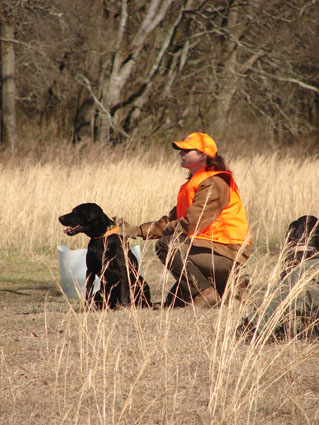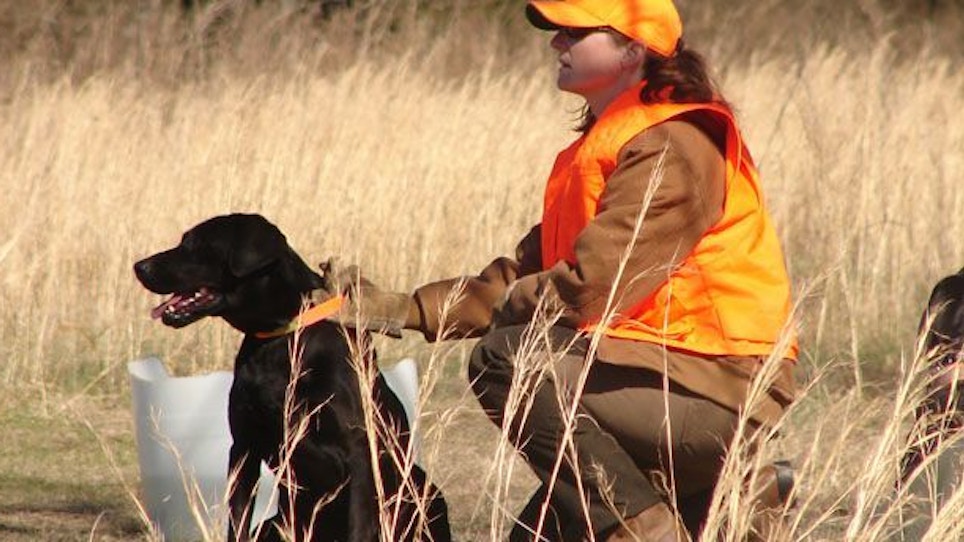 Most classic retrieving breeds — Labradors, Chessies, goldens and such — have heavier coats than those of upland working breeds like pointers and setters, and their pelages can quickly contribute to overheating in the early season. This is even more pronounced in dark-coated dogs and those with double coats.
Most classic retrieving breeds — Labradors, Chessies, goldens and such — have heavier coats than those of upland working breeds like pointers and setters, and their pelages can quickly contribute to overheating in the early season. This is even more pronounced in dark-coated dogs and those with double coats.
Signs of heatstroke, or hyperthermia, include rapid panting, pale gums, heavily bloodshot eyes, weakness and unsteadiness, thick drool, vomiting and diarrhea. Left untreated, hyperthermia can lead to coma and death, and it doesn’t take long. Mild heatstroke is said to occur when a dog’s body temperature climbs between 104 and 106 degrees Fahrenheit. Beyond that 106 mark, death can come quickly.
How to prevent it? Good hydration, a solid physical fitness profile of lean body mass, a sound nutrition program, and made-for-dogs energy bars and electrolyte supplements. Dogs kept outside all the time will acclimate better to and be able to hunt longer in higher-temp conditions. If your dog begins acting overheated, find shade, find water, and stay put until the dog is either recovered enough to continue to hunt or can make it back to the truck on his own. If he’s not recovering during a break, carry him back to the truck.
If you have entered hyperthermia territory, there are a couple things you can do. Cool water poured over the body and paired with a fan can help get the core temperature steadily (not quickly) returned to normal. Keep the treatment up until the body temperature reaches 103, then dry the dog and keep him quiet and in a cool, comfortable place. Make sure you keep hydrating, but in small amounts; do not let the dog drink endlessly, as he could bloat. Ice cubes are okay, too, but give him small pieces and in small amounts. Most importantly, get even a mildly heat-struck dog to the vet. Organ damage, heart failure, blood clotting and other lasting problems can occur even in moderate cases. And keep in mind that the dog that suffers heat stroke once is more susceptible to a recurrence in the future, so proper and swift treatment to minimize or prevent permanent damage and restore electrolyte and blood chemistry balances during a first-time occurrence is essential.






